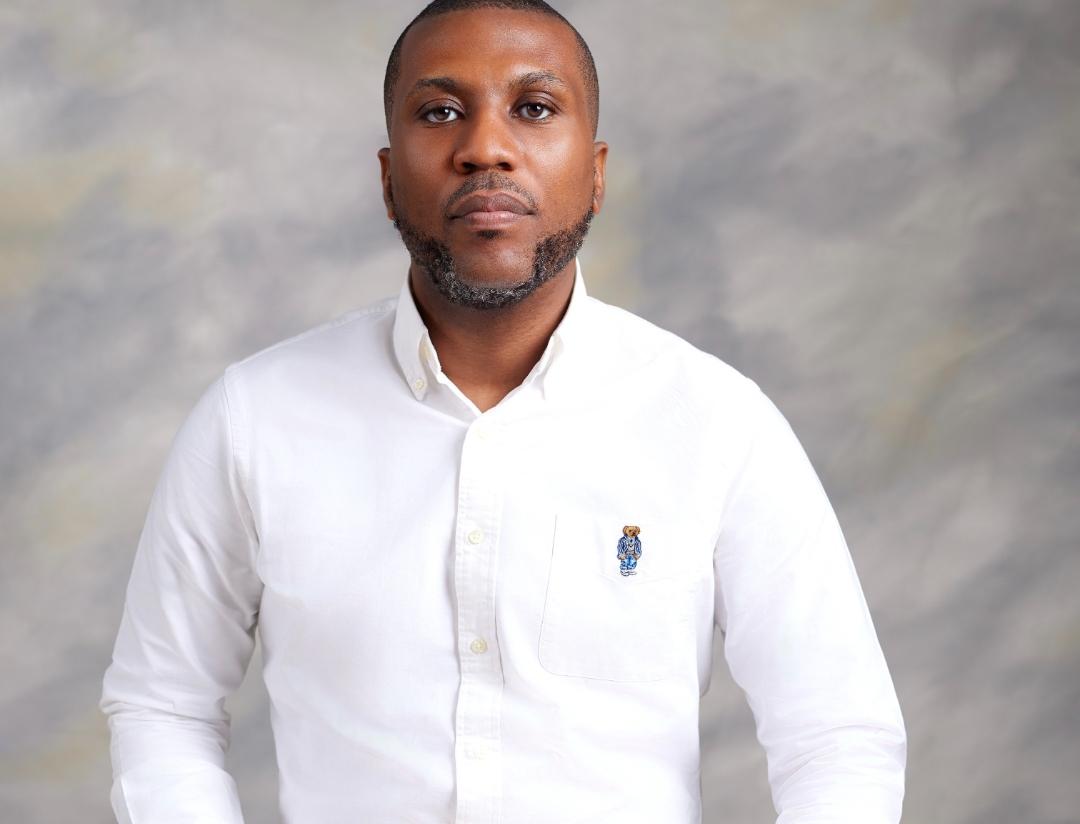By Dr. Goje Akinrogunde
Low back pain is a very common complaint affecting majority of us. For some, it is on and off events; whereas for others it is a chronic occurrence, persisting as an on-going pain. One relevant thing here with respect to low back pain is that its causes are different and the pathological outlook also differs.
Majority of backache is however due to strain on the back muscles and they can easily be ameliorated with some physical measures, including a number of exercises, and relieve can also be achieved with mild and moderate-acting analgesic. Anyhow, it is advisable to see a health provider before the commencement of medication particularly if the pain persists longer than few days.
On the other extreme, persisting low backache may be due to very serious medical conditions that involve the spinal cord or nerve tissues directly related to spinal cord or conditions directly affecting the backbones. Conditions like secondary cancers transported from other parts of the body can get deposited on the backbone causing different grades of pain. Similarly, bone infections like TB of the spine, Osteomyelitis etc can cause low backache. Other conditions, such as arthritis, can also cause back pain.
Sometimes sinister and serious medical conditions causing low back pain also have other symptoms like inability to control ones bladder or bowels; thus leading to passage of stool and urine freely and uncontrollably, finding it hard to move the legs or walking. Sometimes the arms or legs can come numb or tingling. These symptoms may indicate problem with the spine and nerves.
Another related issue to note here is the various misconceptions about low back pain. For example, the not-so-uncommon misconception that most low back pains have a direct bearing with an affliction of dysentery or ‘pile’ has no scientific bearing; at best most of these cases are mere co-incidence since the definitive cause of ‘dysentery’ is infection from micro-organisms.
Low back pain and stiffness
An acknowledged point however is that low back pain is commonly talked about as pain or stiffness at the lower back. As mentioned earlier this is because, most of the time, it is caused when a muscle in ones back is strained. For example, it can happen when one lifts a heavy object or when one sits or stand for a long time. Low back pain also comes in different manifestations; it may last a day or two, several weeks, or longer. One may have pain in one spot or it may spread down the buttocks and not uncommonly into the legs.
The Spine
The spine is a column of small bones, or vertebrae, that support the entire upper body. The column is grouped into three sections of vertebrae:
The cervical (C) vertebrae are the seven spinal bones that support the neck. The thoracic (T) vertebrae are the twelve spinal bones that connect to the rib cage. The lumbar (L) vertebrae are the five lowest and largest bones of the spinal column. Most of the body’s weight and stress falls on the lumbar vertebrae. Below the lumbar region is the sacrum, a shield-shaped bony structure that connects with the pelvis at the sacroiliac joints. At the end of the sacrum are two to four tiny, partially fused vertebrae known as the coccyx or “tail bone.”
Vertebrae in the spinal column are separated from each other by small cushions of cartilage known as intervertebral discs. Inside each disc is a jelly-like substance called the nucleus pulposus , which is surrounded by a fibrous structure called the annulus. The disc is 80% water, which makes it very elastic. It has no blood supply of its own, however, but relies on nearby blood vessels to keep it nourished.
Each vertebra in the spine has a number of bony projections, known as processes. The spinal and transverse processes attach to the muscles in the back and act like little levers, allowing the spine to twist or bend. The particular processes form the joints between the vertebrae themselves, meeting together and interlocking at the facet joints.
Spinal Canal and Spinal Cord
Each vertebra and its processes surround and protect an arch-shaped central opening. These arches, aligned to run down the spine, form the spinal canal, which encloses the spinal cord.
The spinal cord is the central trunk of nerves that connects the brain with the rest of the body. Each nerve root passes from the spinal column to other parts of the body through small openings bounded on one side by the disc and the other by the facets. When the spinal cord reaches the lumbar region, it splits into four bundled strands of nerve roots called the cauda equina (meaning horsetail in Latin).
Causes of low back pain
Low back pain is usually defined as either acute or chronic
Acute low back pain lasts less than a month and is not caused by serious medical conditions. Most cases clear up in a few days without medical attention, although recurrence after a first attack is common.
Chronic low back pain persists beyond six months. It constitutes only 1 per cent to 5 per cent of all low back pain cases.
Back pain may be triggered by various problems that occur along the ridge of bone and disc and stretch or pinch nerves within the spinal column: Injuries and small fractures can occur. Muscle spasms can cause pain.
Pressure on a weakened disc may cause it to rupture so the nucleus pulposus protrudes out from the spinal column, a condition known as a herniated disc. The facets can become misaligned or deteriorate. The spinal canal itself can become narrowed, a disorder called spinal stenosis.
Treating Low Back Pain
Enunciated below are some good ideas for taking care of low back pain:
Use an electric heating pad on a low setting (or a hot water bottle wrapped in a towel) for 20 to 30 minutes. Minding the heating pad not to get too hot, and don’t fall asleep with it. One could get a burn. Use an ice pack wrapped in a towel for 20 minutes, one to four times a day. Take paracetamol or aspirin/ ibuprofen etc if you are not an ulcer patient, or other pain medications your health care provider may suggest.
Appropriate sleeping positions that help Rest on a firm mattress. It may help to lie on your back with your knees raised or lie on your side with your knees bent. Put a pillow under your knees when you are lying down. Sleep without a pillow under your head.
Profession helps
Sometimes physical therapist and doctors may advise the wearing of a belt or corset to support the back.
Visits to the physical therapist for traction can also help. Back massage by a trained person can also come handy. Generally, it is advised to take it easy at first. As one starts to feel better, one will be able to do more and more.
Sometimes, one may need to cut back on the measure being taken, if the symptoms come back or if there is more pain after doing more or something new.
We continue the discussion next week about relevant exercises one can do to stretch and strengthen the back muscles.
One on One with Dr. Goke
Wondering if I’m Impotent
I read your publication about prostrate surgery in THISDAY, the Saturday Newspaper, 30th of October 2010 edition. I underwent a prostatectomy a year ago. These days, when I have sex, there seems to be no ejaculation. Does it mean I am impotent? If yes, how do I go about the treatment?
Baba
Abuja
Dear Baba,
To start with I do not think you are impotent. Impotency has to do with not achieving an erection or sustaining one to achieve sexual satisfaction, and this does not seem to be the complaint here.
What you are experiencing is probably one of the common complications of the operation you had last year.
This phenomenon is called retrograde ejaculation, it occurred commonly in men who have had prostatectomy especially if the operation is carried out through an incision made into the abdominal wall. It occurred far less with the more expensive type of prostatectomy that is carried out through the urinary tube inside the penis – the urethra.
What is happening here is that during sexual intercourse, at your point of ejaculating, instead of the semen shooting outside through the penis at that time, it ‘shot’ backward into the urinary bladder; hence, no semen is seen flowing out of the penis at the point of sexual climax in the man and you may then subsequently pass out cloudy urine containing the semen. This has been noted to occur repeatedly in about 50% of post-abdominal prostatectomy cases. So, your condition does not strike unique.
Another thing is that this condition is really not harmful to one’s health, the moment the mind is so conditioned to this ‘usual’ phenomenon. You can enjoy intercourse like any other person or as in the past before you had the operation.
Anyhow, it may be important to see a doctor for one-on-one evaluation and requisite assessment or book an appointment with an urologist (urinary system surgeon) for apt guide.
Best wishes.



